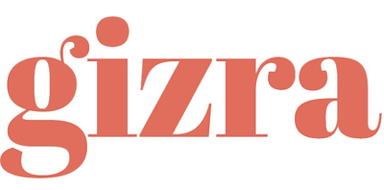Jobs
gizra
Lead developer, 2018 - 2011
Real Commerce
Consulting, 2018
Taliaz
Develper, 2018
Dreamed Diabetes
Full Stack Developer, 2018 - 2021
Testim / Tricetis IL
Developer, 2021

Picture this: it's June 2011, and tents start lining Rothschild St. I just waved goodbye to my job as a shift manager at Pizza Hut. Now, don't get me wrong—I love pizza, but professionally, I knew I could do more. I've been self-teaching programming from books since I was 15, and at 21, I felt ready to take the plunge. But who would hire someone without formal education? Boot camps felt like distant dreams. I had to spruce up my CV and send it out—anywhere, everywhere. Destiny would find me, right?
I ventured to two job interviews. The first—a cozy setup: a small company with just two people, managers who seemed refreshingly unorthodox for a hi-tech firm, two rooms, a single developer, and an HR manager. The vibe was comforting. The second interview—well, it was at a seemingly disorganized company inPetah Tivka, dabbling in a mix of technologies. Quite daunting for someone with zero experience. As I strolled home, a call from the first company, gizra, changed everything—I got the job. I was ecstatic!
Initially, it felt overwhelming. I was thrust into the world of Drupal, which seemed complex at first but turned out to be one of the best things I've worked with. At gizra, all the myths about hi-tech companies were shattered: no need to burn the midnight oil, striking a perfect balance between personal and professional life was their priority.
gizra opened doors to amazing opportunities—I tackled massive and intricate sites, contributed to open-source projects, penned blog posts, attended and even organized conferences (with a little help, of course). It wasn't about tasks; it was about belief. gizra firmly believed in giving back to the community, in automated QA, and meticulous attention to the smallest code details—like code comments, often deemed redundant by many companies. CI and automation were key factors in time estimation, a rarity in project-centric setups.
My time at gizra will forever hold a special place in my heart. Don't get me wrong, I moved on for professional growth—a pretty funny parallel to why I joined gizra in the first place.
Blog posts
Failure tends to strike at the worst possible moment, making it much harder to embrace it. This has led me to wonder: why do we fear failure so much? For starters, it makes us look bad.
Testim by Tricentis, originally named Testim, was created in 2014 to help anyone author automated tests. At the time, Selenium was king and tools to help developers automate their tests (e.g. Cypress, Puppeteer, and Playwright) were science fiction.
In end-to-end (E2E) automated testing, we attempt to simulate how the end-user would use the product—clicking on buttons, filling out forms, etc.—to see if the UI produces the expected results. The product relies on many smaller pieces like React/Angular/Vue components or functions that process data from the database in the backend.
As developers, you are probably familiar with this scenario: you went over a code review with another developer (which you do, right?), pushed the latest fixes, ran a couple of tests by yourself, and with a big smile upon your face, you sent a message to the QA guy, Joe (a generic name for a person from the QA department): “You can start testing.”
- 1
- 2
- 3